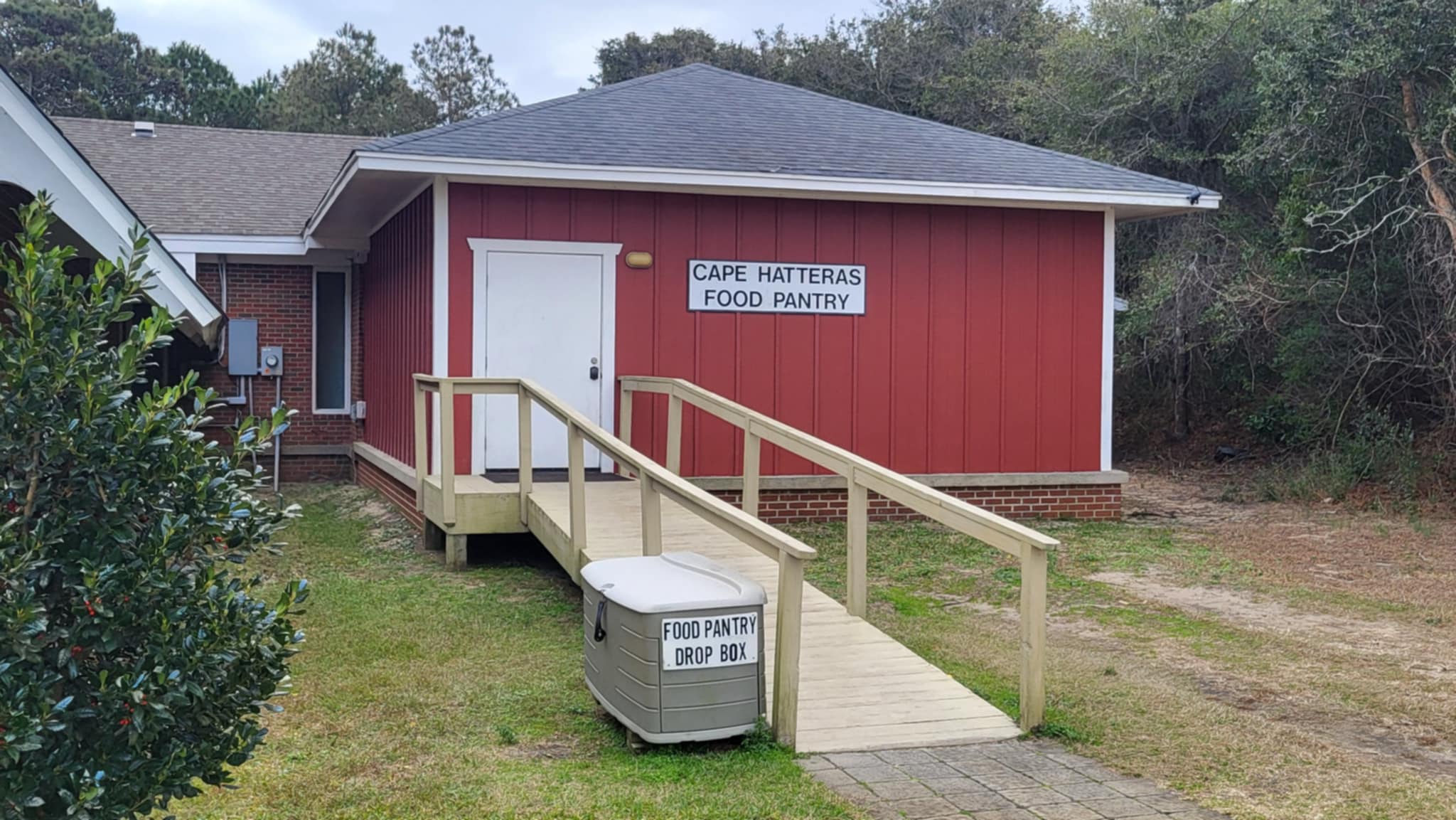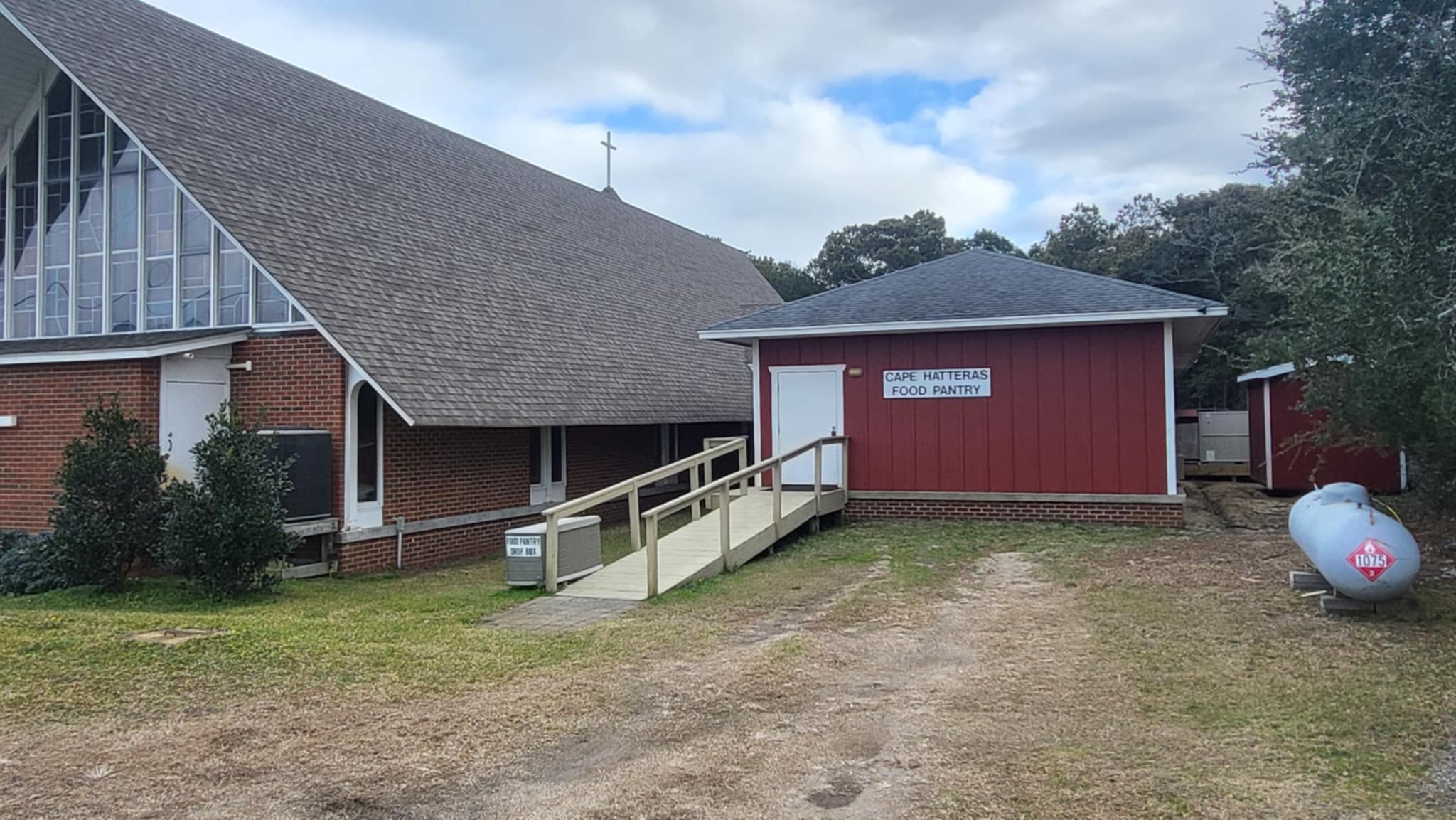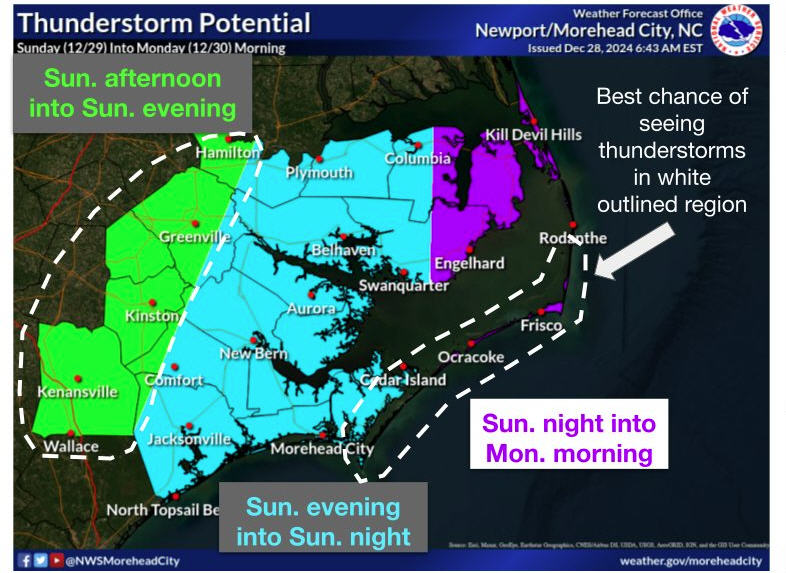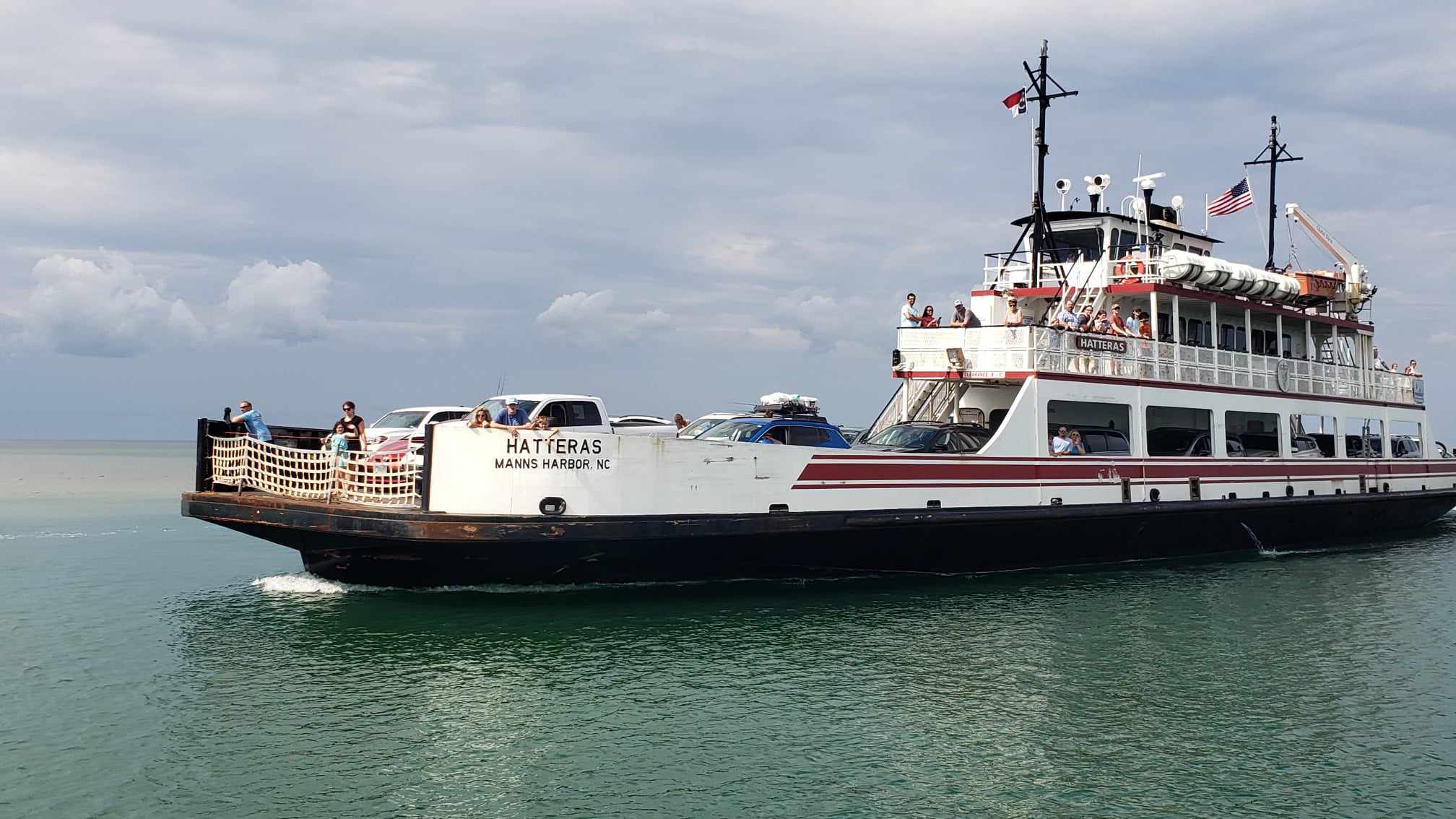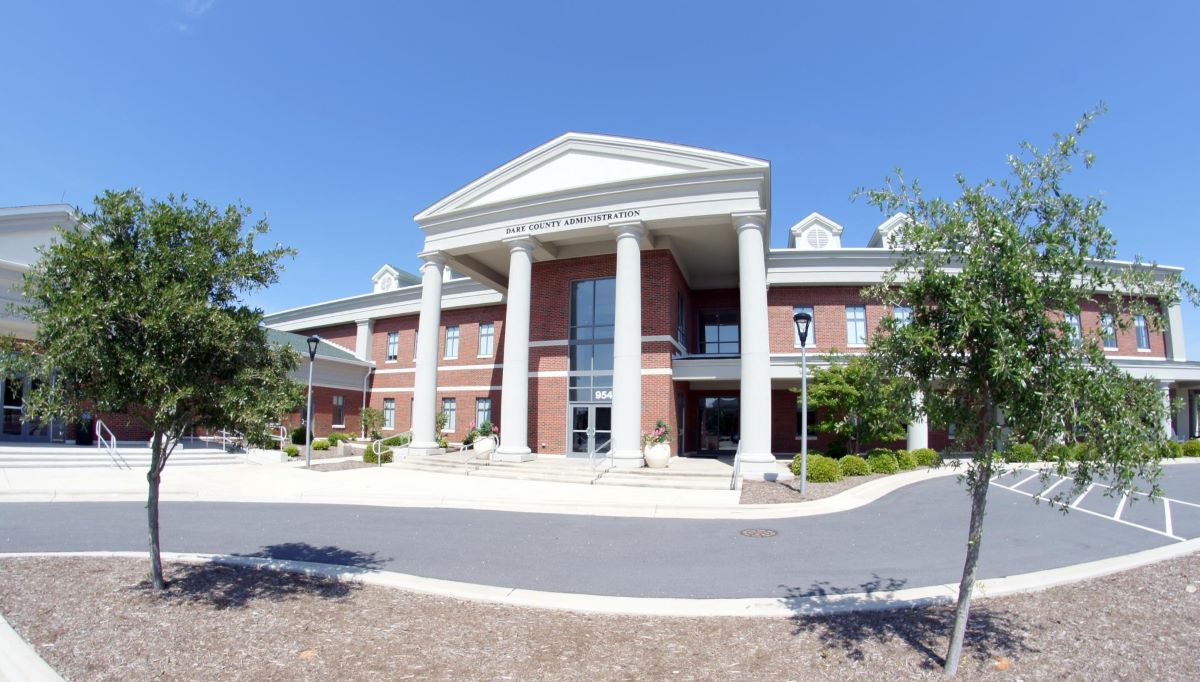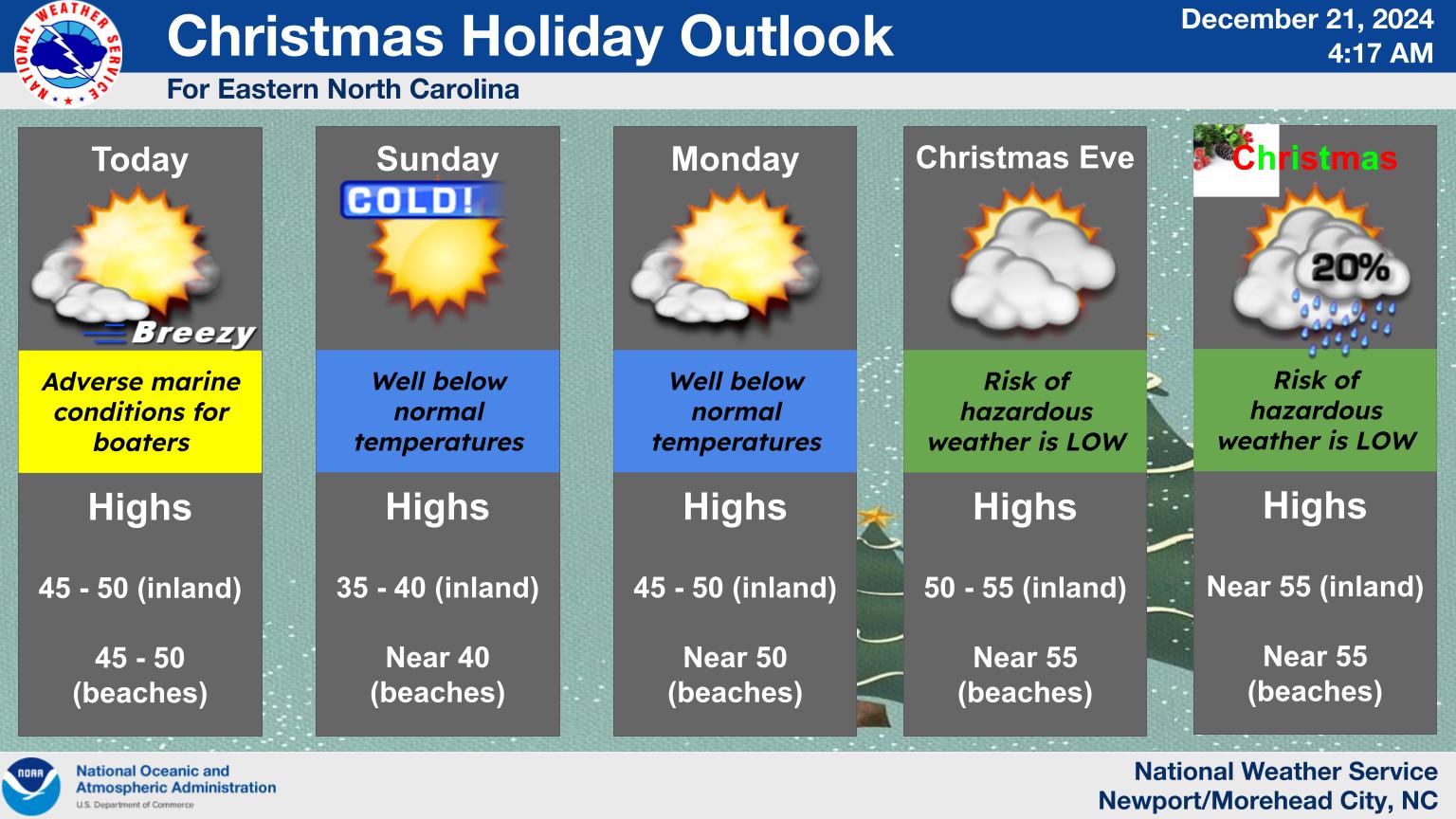Commissioners, Board of Education reach agreement on funding
A special meeting between Dare County’s Board of Education and Board of Commissioners on Wednesday saw more comity than clashing of panels, as members united on a new formula to fund schools as well as worry over potentially crippling cuts in tax revenue from Raleigh.
Gone was the suspicion exhibited during a commissioners retreat in February, when the board members were threatening to cut the schools’ budget.
“I’m proud to say that we have stepped up to the plate and done the right thing,” Board of Commissioners Chairman Bob Woodard said Wednesday.
Starting in September, a committee of school and county staff held numerous meetings to hammer out a plan for the county to fund the schools with the same amount as last year — $20 million — plus an additional amount of about $63,000 to cover the projected Consumer Price Index increase.
That’s a significant change from basing the appropriation on per-pupil costs, Dare County Manager Bobby Outten told both boards.
When they looked closely at the expense of operating the schools, he said, it was determined that little of the cost, beyond the state-driven requirements for staff, depended on the number of students. That is, utilities and transportation have to be paid no matter how many students there are year to year.
Of the $20 million the county budgets for schools, $15 million pays salaries and benefits.
By basing budget adjustments on the CPI projections and expected number of students, Outten said, while recalculating up or down every year, the amount will even out over time.
“If you do that every year, you’re paying for the actual cost of running the schools,” he said. “The presumption is that unless some new-fangled thing can’t be taken out of the base, you don’t get an increase out the of the budget except through the CPI.”
Dare County has paid some of the highest per-pupil costs –about $3,900 – in the state. Last year, Outten told the board that county costs for schools has increased more than 27 percent since 2006, while the number of students increased less than 1 percent – an unsustainable situation.
Even with the new budget plan, the “elephant in the room,” Outten said, is whether the state decides to again raise teacher salaries and benefits.
But a bigger problem would be if the state follows through with a proposal to redistribute sales tax revenue to poorer counties, which would translate to millions of lost revenue for Dare County.
“If there is a $10- to $11 million swipe off our revenue,” he said, “then all bets are off.”
Woodard said that he expects legislation seeking the sales tax redistribution to be filed in Raleigh next week.
“And that is very scary,” Woodard said. “The reality is, we could not stand that kind of hit in Dare County.”
Not only would the county have to raise the ad valorem tax rate, he said, it would also have to cut $10 million from the budget.
Intended as an informal summit between the panels, Woodard called the meeting to address the issues raised by commissioners at the retreat.
Woodard told Board of Education members that he was relieved to hear that consolidation of school operations and maintenance has been considered in their budget process.
“We all have one goal in mind and that’s to provide our children in Dare County with the best possible education,” he said. “I think you can walk away this evening with a level of confidence that this board is going to do what needs to be done.”
Ben Sproul, chairman of the Board of Education, said that the months of work put into the new school funding plan has cooled the tension that has flared up in previous years –and as recently as last month — between the panels.
“If they can stick to the formula,” he said, “then we have nothing to fight about.”
Most of the questions from commissioners centered on the recently-released state grading of schools, which scored all of Dare’s schools as “B” or “C.” The new ranking system is weighted 80 percent on achievement and 20 percent on academic growth. It replaces previous designations, such as “Schools of Excellence.”
A school board presentation showed that 70 percent of Dare’s schools were graded “B,” compared with 24 percent of schools statewide; 30 percent of Dare’s schools were graded “C,” compared with 41 percent of schools statewide.
“When I see some of these schools that are not where we would like them to be,” asked Commissioner Wally Overman, “what is being done to get those scores up?”
Responding, Sproul said that the lower-performance schools –Cape Hatteras Secondary School, Manteo Middle School and Manteo Elementary School – were located in areas where more families are economically challenged or disadvantaged. For instance, 64 percent of students at Manteo Elementary School qualify for the free or reduced school lunch program.
According to the presentation, the testing followed a new curriculum that began two years ago, and is based on more rigorous material and advanced concepts for younger students. As a result, there have been learning gaps and lower test results statewide.
“It’s a blunt instrument,” Sproul said. “It tells you how some of the kids did on some of the days . . . This performance grade is more about the zip code than what is going on in the classroom.”
But, at the same time, he said, Dare’s on-time high school graduation rate is 93.3 percent – the second highest in the state- and the high schools are in the top 10 for English, math and biology scores. Despite 30 to 40 fewer staff members than six years ago, he said, Dare is still “an exceptional educational system.
“We continue to be what other schools look to for guidance.”
All the schools, he said, have an intervention program in place to help struggling students.
But too much emphasis should not be put on the testing, said Commissioner Jack Shea.
“Education is a complex mental process,” he said, “and I just want to make sure we’re not teaching them to pass a test.”
Listening from home, long-time board member David Oaksmith lamented the impact on the learning environment of the increased numbers of students in the classroom.
“At the elementary level, those smaller class sizes meant a lot to us years ago,” he said. “It wouldn’t hurt to get a little more pre-K, too.”
Commissioner Beverly Boswell said that she is worried that the average students are being left out in the interest of the brightest or high-risk students. But she lauded educators for the quality of the schools and urged more engagement of the community in the school system.
“We’re having some very, very serious budget issues and nothing is off the table,” she said. “I can guarantee you that as a board, we are going to do the best that we can financially.”
Dare County tentatively plans its first budget workshop on March 26. The budget must be passed by June 30.
FOR MORE INFORMATION
To view a PowerPoint presentation on the state’s schools Accountability Report, go to http://www.dare.k12.nc.us/UserFiles/Servers/Server_3878/Image/Final DCS Summary Accountability Report 2013-2014.pdf





